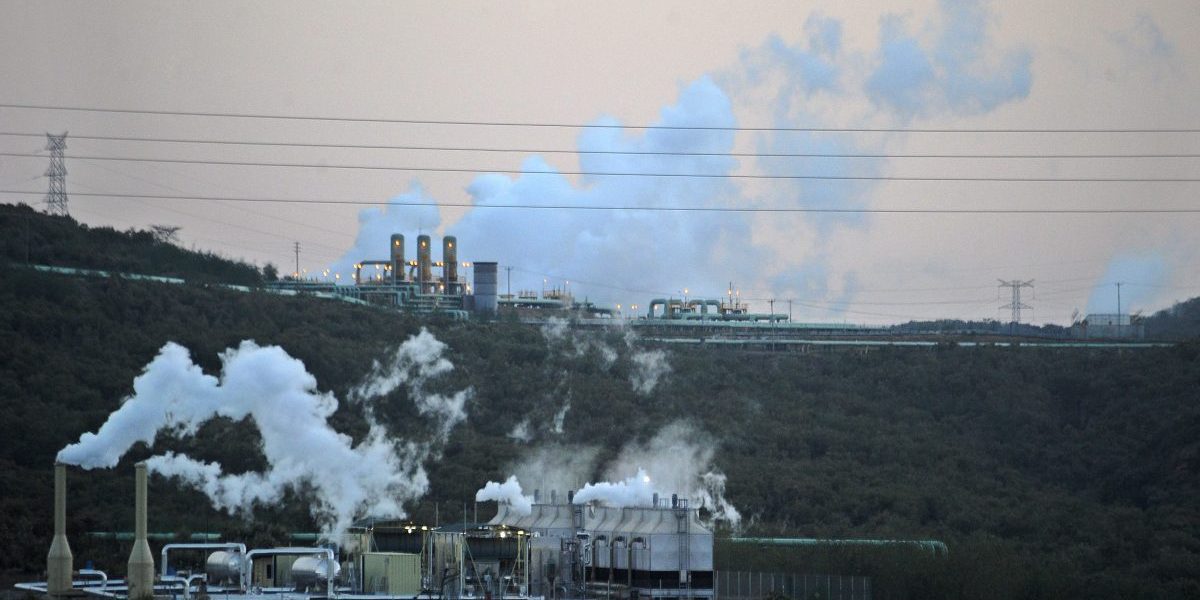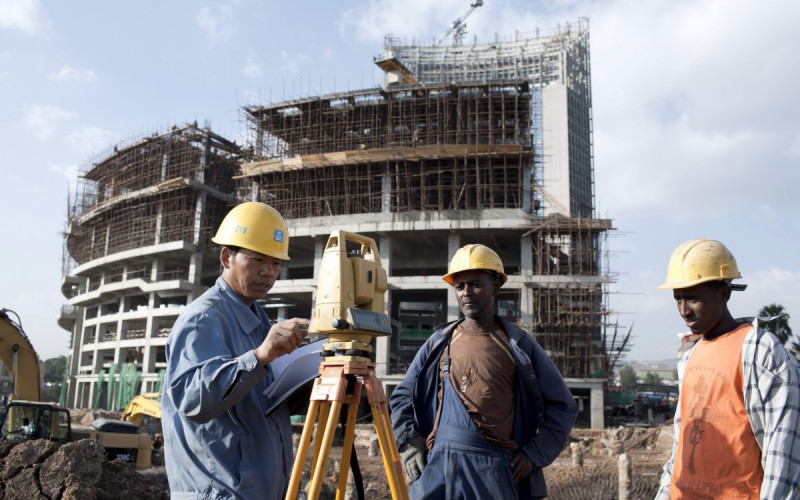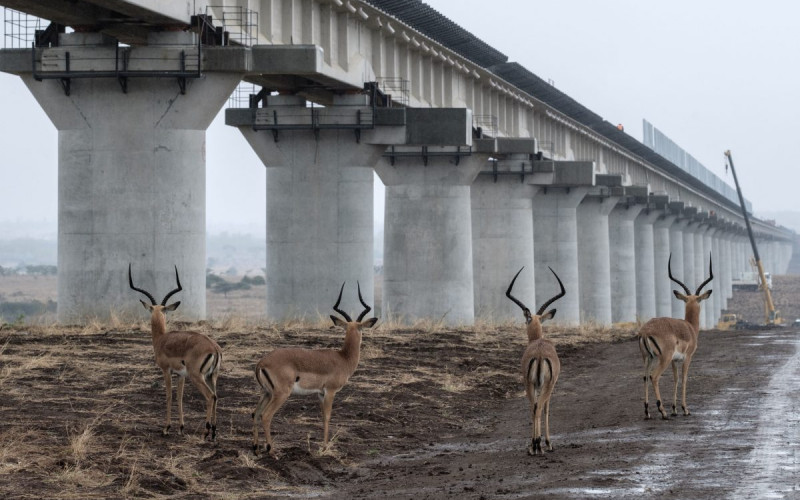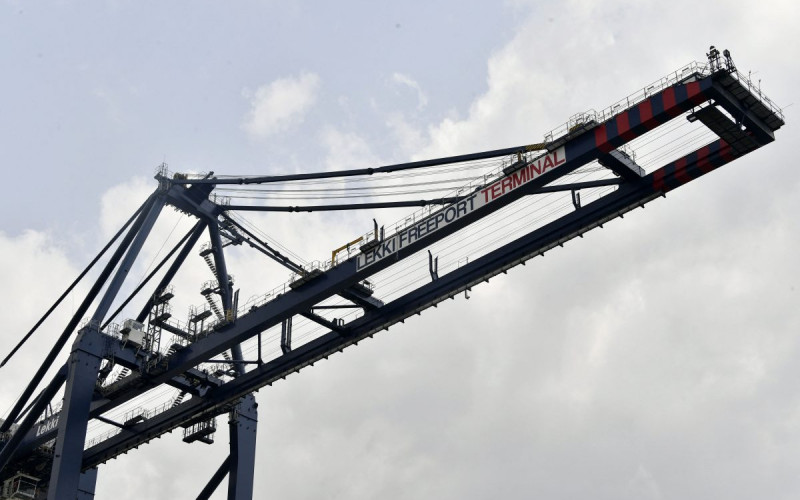Summary:
- China’s Belt and Road Initiative (BRI) has transformed developing countries’ infrastructure financing options.
- Determining the development impact of Chinese investment projects remains challenging, not least because many are still under way.
- In African countries like Ethiopia, Kenya and Nigeria, BRI projects have resulted in marked improvements to sectors like transportation.
- The BRI offers significant opportunities for African countries to address their substantial infrastructure deficit, but it also presents risks to the environment and debt sustainability.
- The impact of BRI projects will not be evenly shared among BRI recipient countries in Africa. Countries that are resource-rich and strong commodity exporters will benefit more than smaller economies.







